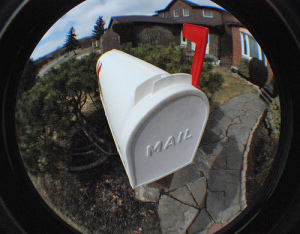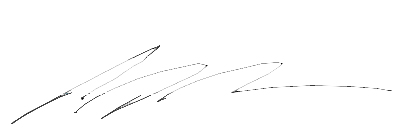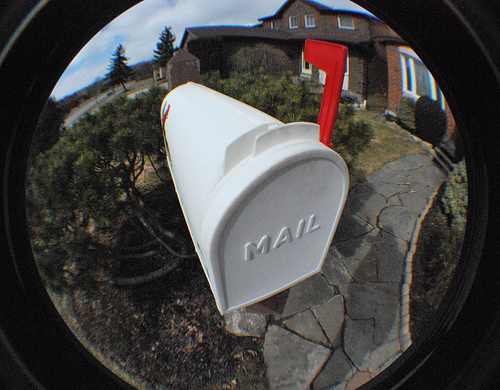Does snail mail still work?
With the ever-growing mass of junk email recipients are receiving these days, the traditional sales letter is making a serious comeback. But that fact alone won’t result in a higher rate of success. In order for your sales letter to work, you have to write it so that the reader has an easy time following the key points, and understands the steps required to take advantage of your offer.
Here are 7 quick tips to writing a bad ass sales letter.
 1. Be sure your headline clearly identifies a benefit
1. Be sure your headline clearly identifies a benefit
The headline is the most highly read portion of your letter. For this reason, we want to take full advantage of its power.
“This carbon-based powder will rid your dog of skunk stink in less than 10 minutes.”
Your headline solves a problem. The above example targets the potential customer who quickly recounts how it took days of bathing in order to remove the stench off their freshly sprayed basset hound.
They’re hooked if your product truly does what you’re claiming! And for the sake of business growth and humankind…it better.
2. Keep your sentences and paragraphs short
Use the body of your letter to highlight each benefit in just enough detail to keep the reader wanting more. Small, crisp and well-thought out sentences work much better than lengthy run-ons crammed into over sized paragraphs.
I like to use bold-faced fonts and underlines when I am really trying to hammer a point home. Just be cautious of using too many exclamations in a single paragraph. It looks dumb, and it comes across as if someone was yelling your message rather than simply being excited about the product.
3. Before you send it…read it out loud!
Reading something out loud is a necessary step in the review process. By reading material out load, we are able to hear sentences that sound misplaced, discover misspelled words and listen to the overall structure of our content. You may come across a paragraph at the end of you letter that would make more sense, and be more impactful, if it was placed at the beginning.
I suggest reading your letter out loud at least a dozen or so times before you seal that envelope.
4. Include a P.S. (Post Script)
The P.S. is the second most highly read piece of copy in your letter. Use this space to once again highlight a key benefit or the problem(s) your product or service solves. A post-script is a great place to reiterate the next step in the buying process. Tell the reader what exactly they need to do next.
Call, email, mail, text, like us….give clear instructions and make sure that you’re able to track the results!
5. Avoid using big, industry specific phrases or slang terms
Keep it simple! Too many businesses stuff their sales letters with industry specific jargon or phrases. Words like that are fine if your target audience understands what they mean, but if you are selling to the average consumer or first time listener of your message, be sure to use nothing but basic terminology.
If you are naming a unique technology that’s used solely in your product or through your service, be sure to elaborate enough so that the reader understands why that technology is beneficial to their needs. Also, avoid acronyms unless, once again, you provide a sufficient amount of descriptive information.
6. Provide the evidence
Back up your claims. Consumers today are choosing to do extensive research before buying a product. The best thing you can do, is save them the time, and provide them with the facts, figures and testimonials they require in order to feel that they’ve made a smart purchase decision.
Provide the reader with as much evidence as you possibly can!
7. Include a website, customer service number or local provider
If they need more information, make sure they don’t have to search for more sources. Give them all of your contact information. I would recommend providing them with a website, but if you don’t have one, use your social media pages such as Facebook. They key is to have a place where they can go that will provide them with additional answers to their questions.
Remember, your sales letter needs to be persuasive and provide the reader with a solid amount of information. But that last thing you want to do is dish out a hefty slice of information overload! Use your website or Facebook page to fill in the blanks.
Writing a sales letter that converts into sales is something that comes with experience, customer research and a careful selection of the target audience. Take your time, and try viewing your letter through the eyes of its recipient. If your ads are failing to get the results you were hoping for, you may want to consider hiring a professional copywriter.
A well formatted and written piece of sales copy is always worth the investment.

P.S. If you need help creating your sales-letter, be sure to shoot me an email. I’d love to help you get the most out of your efforts. ~Andy

